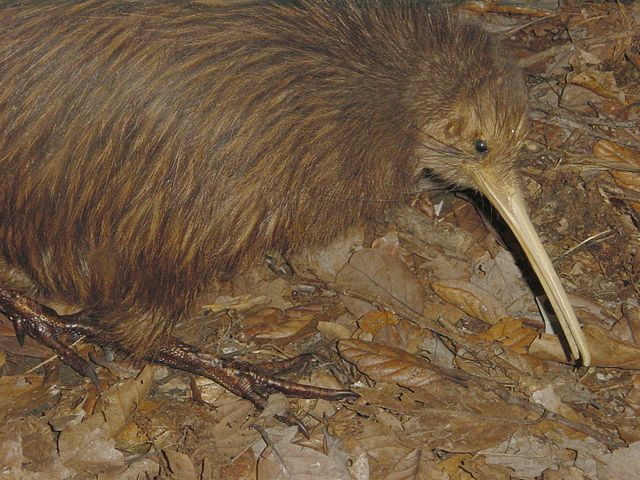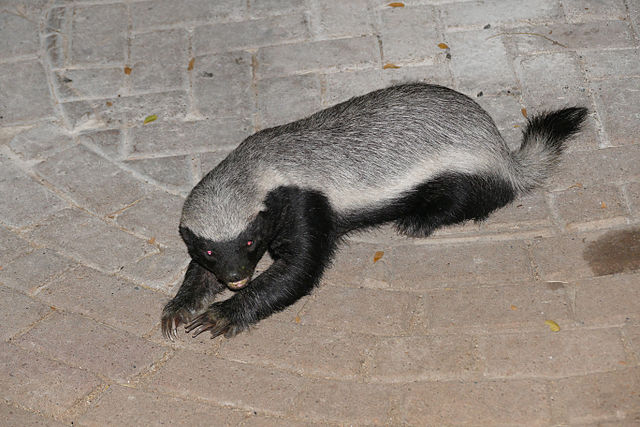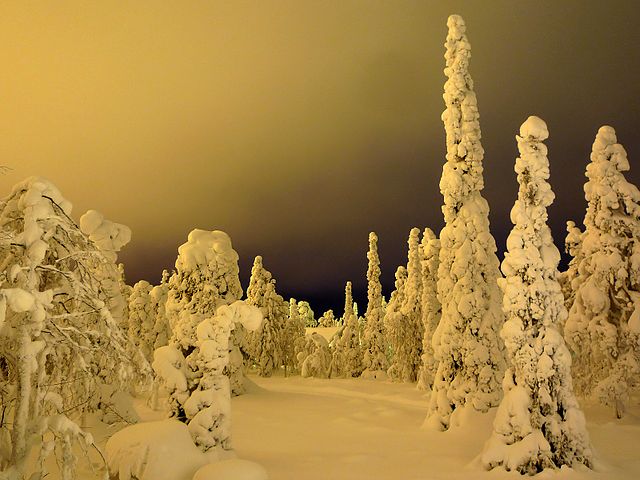The sugar glider is a small, omnivorous, arboreal, and nocturnal gliding possum. The common name refers to its predilection for sugary foods such as sap and nectar and its ability to glide through the air, much like a flying squirrel. They have very similar habits and appearance to the flying squirrel, despite not being closely related—an example of convergent evolution. The scientific name, Petaurus breviceps, translates from Latin as "short-headed rope-dancer", a reference to their canopy acrobatics.
Sugar glider
This male's forehead bald spot is a scent gland. The eyes are adapted for night vision and the ears swivel.
Sugar gliders' hind feet are adapted to firmly grasp surfaces such as this rock wall
1863 illustration by John Gould
Nocturnality is a behavior in some non-human animals characterized by being active during the night and sleeping during the day. The common adjective is "nocturnal", versus diurnal meaning the opposite.
Owls are well known for being nocturnal, but some owls are active during the day.
The kiwi is a family of nocturnal birds endemic to New Zealand.
The honey badger, a nocturnal animal.
Light pollution on a ski slope in Finland gives the area a hazy, brightened sky.








